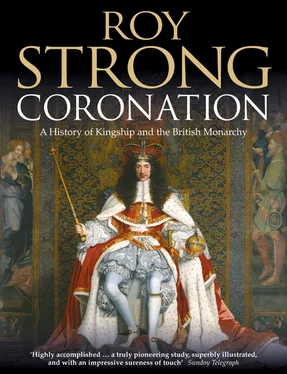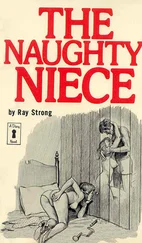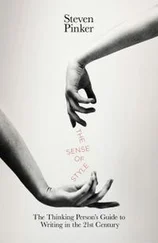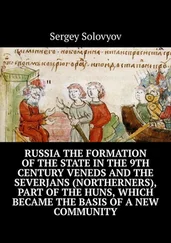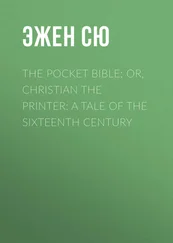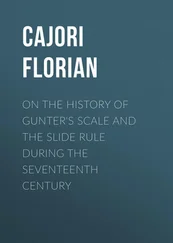What is extraordinary about the Fourth Recension is that no one seems able exactly to pinpoint the date of its compilation. 13 In that respect it shares an attribute of its predecessors over whose dating and first use generations of scholars have argued and still argue. What everyone does accept is that it was used in 1308 for Edward II and that, although it was certainly modified for the event, the ordo was already in existence. So it pre-dates 1308, but by how much? The discovery of a mid-thirteenth-century fragmentary rubric for a Coronation related to the Fourth Recension texts in a manuscript by one William de Hasele (d. 1283) is a strong pointer that the fourth ordo may go back quite a way. 14 What the rubric spells out is not a particular Coronation but one in abstract, describing but not naming the various officers present and their role at some future event. This memorandum is likely to have been inserted into this manuscript shortly after 1266, which should mean that some version of the Fourth Recension was in existence by that date.
It is difficult surely to accept that Henry III could have rebuilt Westminster Abbey without having something in his mind concerning the Coronation, particularly when one is aware of his keen interest in the activities of the French monarchy, and that so much of the fourth ordo echoes what was done at the French Coronation. The king was now to be anointed in five places like his French counterpart, and two anthems and three benedictions of the sword and ring were inserted, these last lifted virtually verbatim from the French Coronation ordo. In both we see the ruler cast as hero undergoing a rite of passage in which there is a careful balance struck between the actions of the monarch and those of the clergy, of royal as against ecclesiastical power. 15 There is moreover in the English ordo a carefully observed balance between the parts played by the monarch and the magnates as embodiments of royal power and of its limitations. In that there is a parting of the ways, for the focus of the French Coronation was always to be on the sacre, the basis of absolutist rule and one which was to end in disaster in 1789. In sharp contrast, in England, where checks and limitations on the power of the crown were emerging fast during the thirteenth and fourteenth centuries, the focus was on the oath which spelt out the boundaries of royal power. In this way the Coronation was already by the mid-fourteenth century flexible enough to be accommodated within the terms of a constitutional monarchy. In the Fourth Recension there is this enhancement of the monarchy in terms of its splendour and magnificence simultaneously with the ruler swearing an oath in which his power is limited. That curtailment is also vividly reflected in the pre-Coronation meeting of the king-to-be with the magnates in order to discuss the Coronation, and also in the reintroduction of the formal acclamation of the ruler from the earlier ordines.
Although the age of the theocratic priest-kings had long gone, unction was still seen to bestow the quasi-magical power on the king of being able to touch for the King’s Evil, the healing of scrofula. 16 That Henry I was the first king of England to exercise this power is hardly surprising, locked as he was into a battle with the Church. He based his powers to heal on the cure of a scrofulous woman recorded in ancient lives of St Edward. The Plantagenets enjoyed huge prestige for their healing powers. Edward I, for example, touched 1,736 individuals during the eighteenth year of his reign. A chaplain of Edward III and a future Archbishop of Canterbury, Thomas Bradwardine, writes of the ‘miracles’ performed by the king which could be testified to ‘by sick persons who had been cured, by those present when the cures took place, or who had seen the results of them, by the people of many nations, and by their universal renown’. 17 In its very early days, when the Gregorian reform was at its height, the royal claim to heal was denounced as a falsehood, but thereafter a silence fell upon ecclesiastical writers, who were content not to refer to something of which they disapproved but not to openly attack it. But this did not erode in any way its popular appeal.
Whoever compiled the Fourth Recension (one scholar suggests Walter of Wenlock, Abbot of Westminster) must have been acutely aware of all these irreconcilabilities. Only when the monarch was enthroned aloft on a raised stage, kissed by the officiating clergy and rendered fealty to by the supporting magnates was he seen as having sovereignty over both. The peers stretched forth their hands to touch the crown, offering it both loyalty and support. In that dramatic moment both lay and ecclesiastical representatives came together in what was a rebuttal of Pope Boniface VIII’s bull, Unam Sanctam (1302), which relegated the secular power of princes to a lower order subject to the universal pontiff.
In what way does the Fourth Recension differ from its predecessors? In the first place, items which had been part of the First and Second Recensions but which had been dropped in the Third reappear. Fifteen texts in all have been added, hugely increasing its length. The longest addition was the special order of the Mass, for which were provided the introit, two collects, the epistle, gradual, tract, gospel, gospel offertory verse, two special orations, two secrets, a preface, a special benediction and two post-communion prayers. This is the first time, also, when an ordo has substantial rubrics with precise directions. These can vary quite considerably from one manuscript to another. Indeed, an indication as to just how complicated the ceremony had become is reflected in a description of the action at the Coronation of Edward III in 1327, the Corounement du Nouel Rei, which only includes the incipits for the prayers. This account enabled an onlooker to follow the action at which they were present. 18
There are a considerable number of manuscript copies of this ordo and, as in the case of its predecessors, they vary. Some, in addition, provide notation for the chants, enabling us for the first time to recreate the music. The manuscripts fall into three groups. One pre-dates 1308, of which one, written in a large clear script, may have been used at the Coronation of Edward II, possibly carried by the king’s monk. A second group, it has been suggested, pre-dates Edward Ill’s Coronation and yet a third, and by far the largest group, has a text which may precede or follow the Coronation of Richard II in 1377.
Two of the key manuscripts are fortunately virtually identical and both are in the muniment room of Westminster Abbey. One is the Lytlington or Westminster Missal, compiled by Abbot Lytlington (1362–86), which can be dated to 1383–4, and the other is the Liber Regalis, which recent art historical research dates to the 1390s. As the Liber Regalis was to be the text which those putting together the Coronation of James I in 1603 turned to, I give a synopsis of the action as it appears in that manuscript. 19
1 A stage is to be erected at the crossing in Westminster Abbey with a flight of steps from the west side for the king to ascend and a further flight on the eastern side for him to descend and approach the high altar.
2 On the stage a ‘lofty throne’ is to be sited so that the king may ‘be clearly seen by all the people’.
3 If the Archbishop of Canterbury be incapacitated he shall choose one of his suffragans to perform the ceremony.
4 On the day before his coronation the king is to ride bare-headed to the Palace of Westminster ‘to be seen by the people’.
5 The Coronation is to be on a Sunday or a holy day.
6 The king is to spend the night before in prayer and contemplation, seeking the virtues needful for a ruler.
Читать дальше
